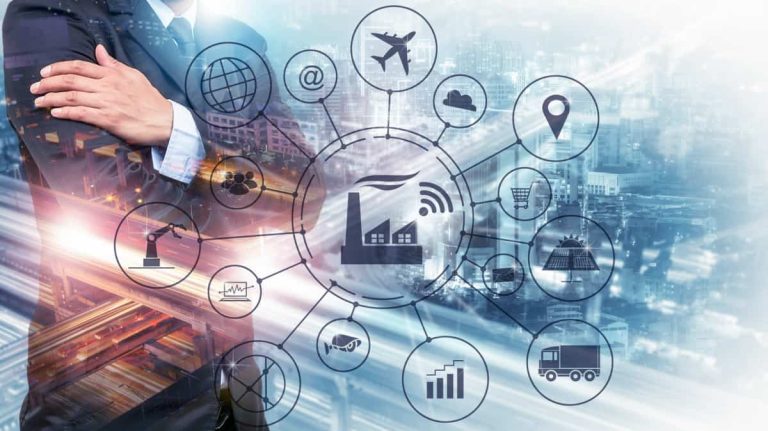If you want to grow your construction company, you’ve come to the right place. Are you looking to grow your construction company from a local business to a world construction giant? This is no mean feat, but it is possible. In this guide, we’ll break it down step by step and discuss different tactics you could employ to grow your business. By the end of this guide, you’ll feel more confident about the next steps to take. Understanding Local Success But before we get onto that, we need to understand what it is to be successful locally. Understanding local success in the construction industry is pivotal for companies aiming to expand nationally. You need to: Through this, you can gain your consumers’ trust and gain valuable insights into regional dynamics. Local success serves as a springboard for expansion, providing a solid foundation for navigating challenges and seizing opportunities on a national scale. What is Strategic Expansion? Strategic expansion is a crucial phase in the growth of construction companies. International expansion requires meticulous planning, extensive international marketing analysis, and a deep understanding of cultural nuances and regulatory frameworks. When thinking about strategic expansion, it’s important to think about the political stability, economic landscape, and legal environment of target countries. Construction companies must also evaluate factors such as labor availability, material sourcing, and local construction practices to ensure operational efficiency and cost-effectiveness. Strategic partnerships and alliances with local firms can facilitate entry into foreign markets, offering valuable insights, resources, and access to networks. However, expanding internationally poses risks, including: Mitigating these risks requires robust risk management strategies, contingency planning, and adaptability to unforeseen challenges. Building National Presence Building a national presence is a pivotal step for construction companies aiming to expand their operations beyond local markets. Using Technology and Innovation Advancements in technology have transformed the construction industry, offering new tools and methodologies to enhance efficiency, productivity, and safety. Digital Construction Tools Construction Management Software Prefabrication and Modular Construction Drones and UAVs IoT and Smart Construction Green Building Practices Technology is crucial for developing businesses.. What About the Challenges and Risks? Overcoming challenges and risks is a critical aspect of successfully scaling a construction business to a national level. Try to stay on top of regulatory requirements at the national level. You should establish robust compliance procedures and ensure all projects adhere to legal requirements to avoid fines, delays, and legal complications. Manage supply chain risks by diversifying suppliers, maintaining strategic inventory levels, and establishing contingency plans for disruptions such as material shortages or transportation delays. Invest in training and development programs to deal with any labor shortages and skill gaps. Manage financial risks by maintaining adequate cash reserves, securing financing from reliable sources, and implementing stringent financial controls. Conduct thorough financial analysis and forecasting to identify potential cash flow constraints and plan accordingly to mitigate financial risks. Whilst it might seem daunting, try to stay on top of everything and you should be fine. If you do run into problems, though, always seek help! Sustainable Growth and Future Outlook Sustainable growth is important for all companies, particularly construction companies. Following these steps will help you to grow your company. But remember, success comes in many different forms, so don’t feel disheartened if it doesn’t happen immediately.







